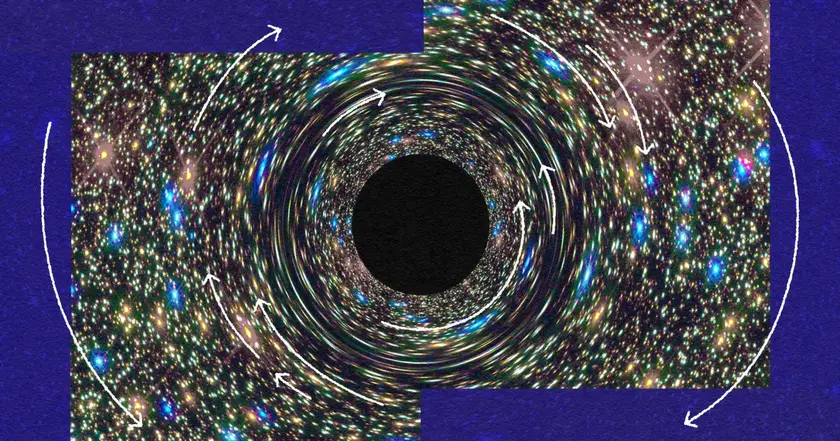T4K3.news
Dark dwarfs hint at new dark matter clues
A theoretical class of stars powered by dark matter could glow for billions of years, offering a rare glimpse into the universe's hidden matter.

A theoretical class of stars powered by dark matter could glow for billions of years, offering a new way to study the universe’s hidden matter.
Dark Dwarfs Reveal Clues About Dark Matter
A team of researchers from the United Kingdom and the United States proposes a new kind of object called dark dwarfs. They believe these stars could glow thanks to the annihilation of dark matter particles inside brown dwarfs near the Milky Way's center. In this scenario, energy from dark matter annihilation prevents cooling, creating a long lasting light source rather than nuclear fusion.
To distinguish dark dwarfs from ordinary brown dwarfs, scientists point to lithium-7 as a potential signature. The idea relies on dark matter being composed of WIMPs and on dense dark matter environments near the galactic center. They suggest telescopes such as the James Webb Space Telescope could detect these objects, possibly through targeted observations or by statistical studies of many candidates.
Key Takeaways
"The discovery of dark dwarfs in the galactic centre would give us a unique insight into the particle nature of dark matter."
Dr. Djuna Croon of Durham University on potential impact
The proposal sits at the crossroad of particle physics and astronomy. If true, it would give a direct observational handle on dark matter. But it rests on several assumptions, including how much dark matter accumulates in young stars and whether WIMPs would survive in dense environments to continually power light.
It also raises questions about how quickly such signals could be confirmed and how researchers would separate dark dwarfs from faint ordinary objects. Detecting lithium-7 is promising but not definitive; independent verification would be essential. If confirmed, the finding would force a rethink of how scientists test dark matter models and allocate telescope time.
Highlights
- Dark dwarfs glow because dark matter fuels them.
- One dark dwarf could reshape what we know about dark matter.
- If confirmed, this would open a new window into particle physics.
- Webb may spot dark dwarfs in the galactic center.
Public interest and overhype risk around dark matter claims
The topic could attract broad public attention and media speculation. Clear communication is needed to prevent misinterpretation or overstatement before independent verification.
The universe keeps its secrets, and dark dwarfs may be a first step toward understanding them.
Enjoyed this? Let your friends know!
Related News

Milky Way Satellite Redefines Dark Matter Picture
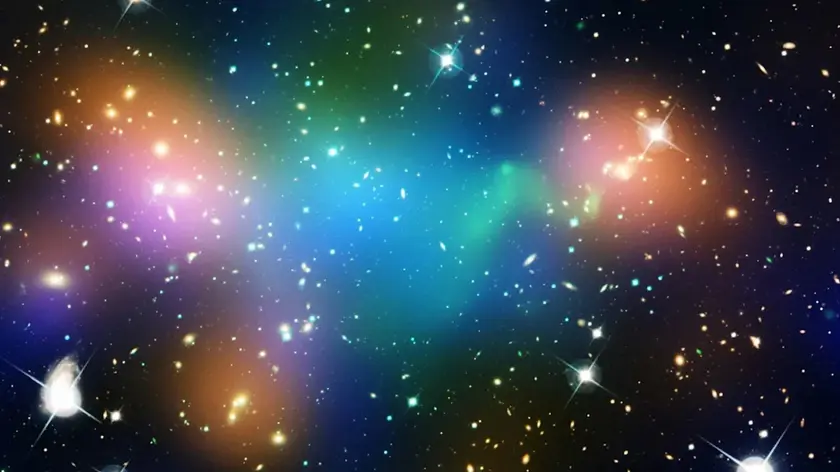
Dark matter paths explored by new theories

Nintendo NA Update Delivers Wide eShop Lineup
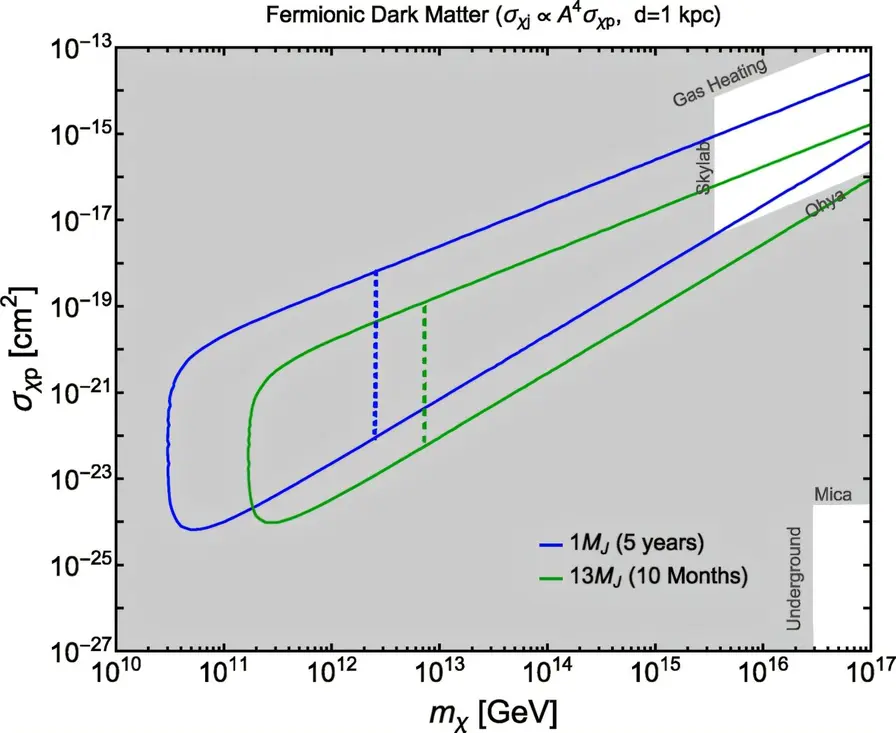
Exoplanets could reveal planet sized black holes if dark matter is heavy
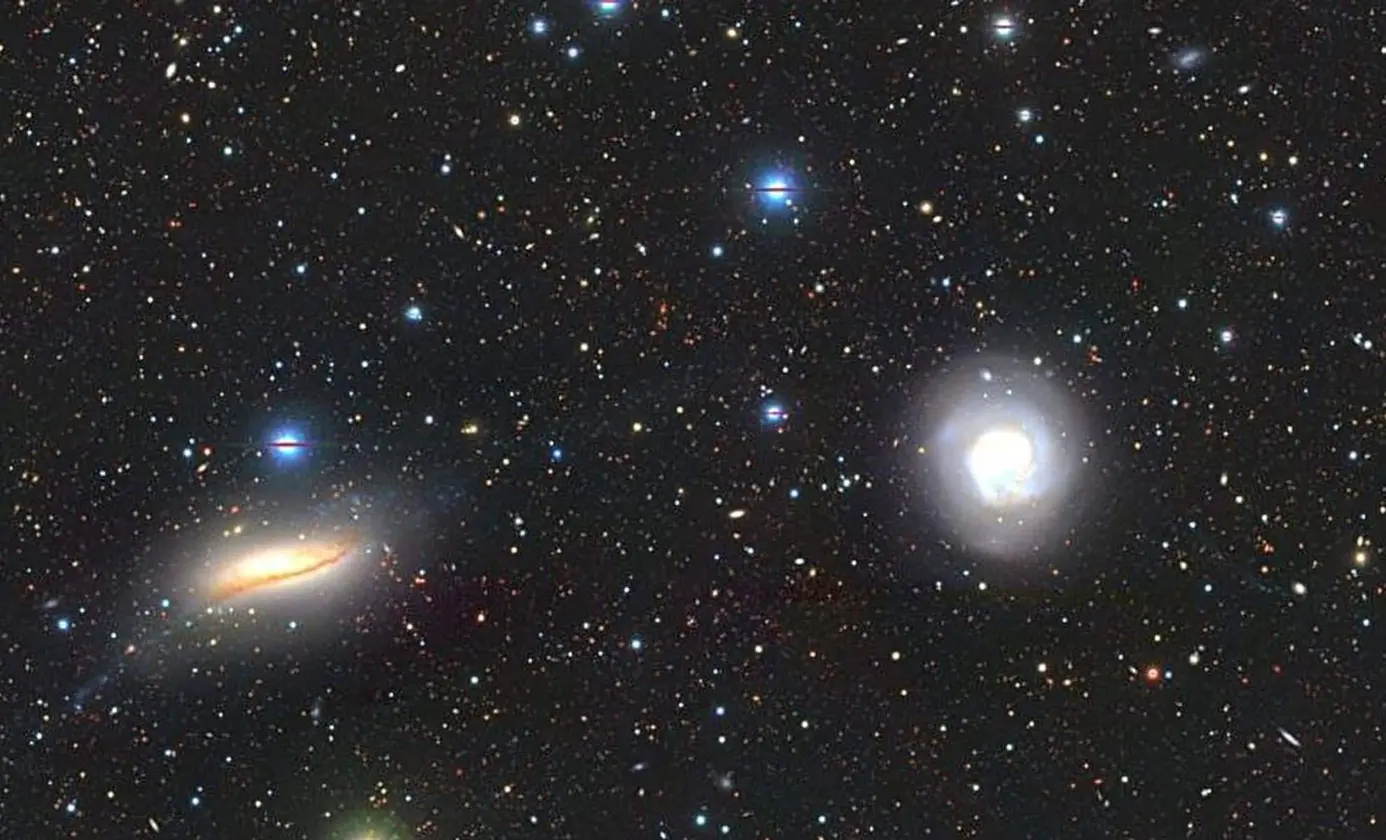
Milky Way Andromeda collision expected

Lips health signals
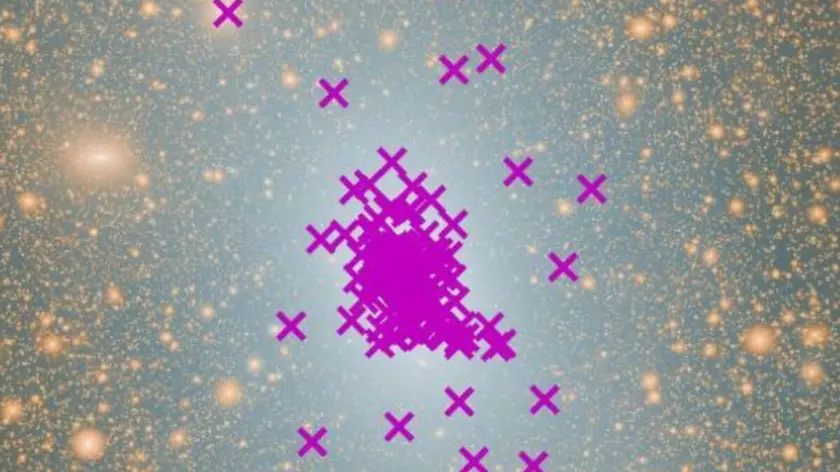
New findings suggest hidden galaxies around Milky Way

New theory suggests hidden physics may exist
